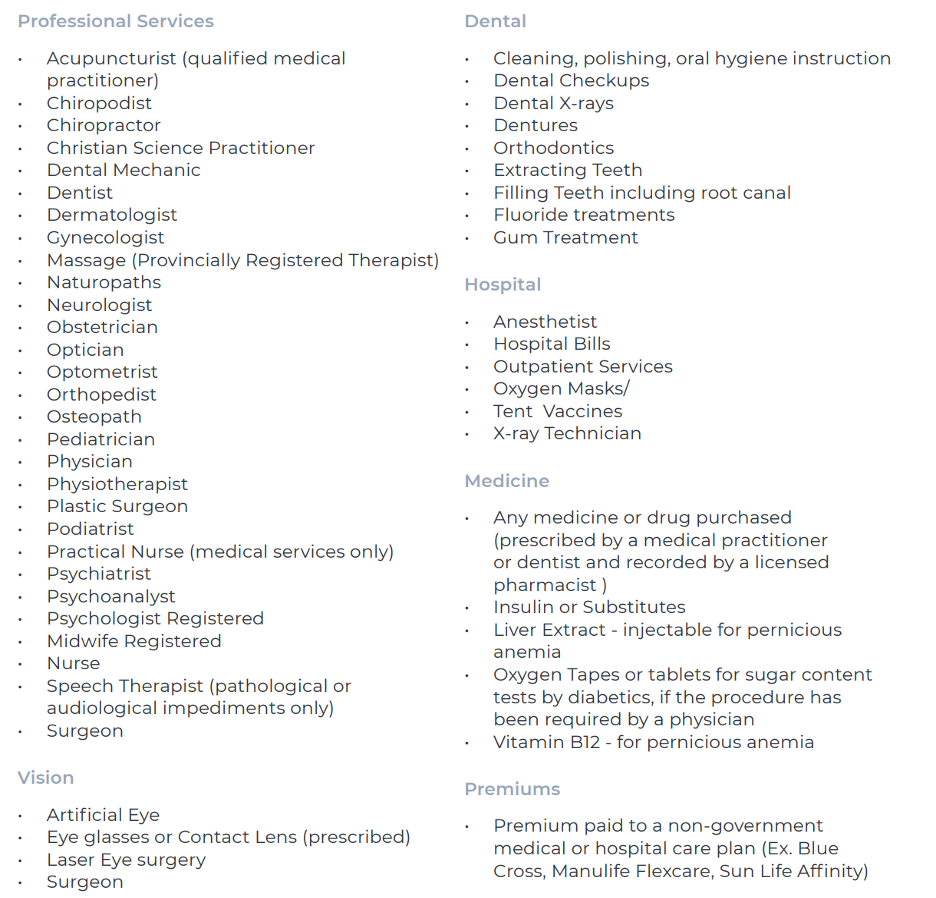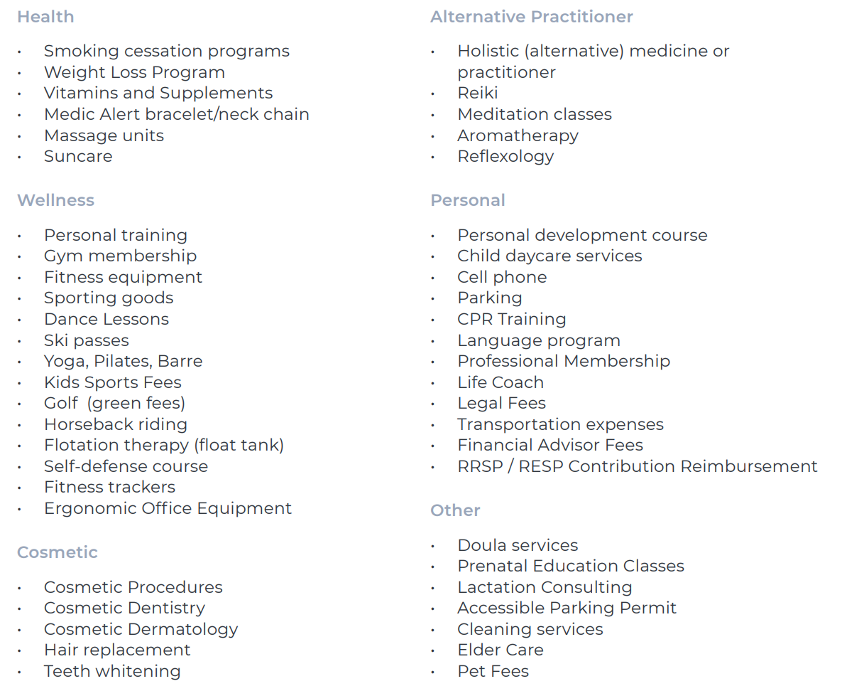A Proven Strategy for Containing Employee Benefit Plan Costs
With elevated inflation causing everyone to take a closer look at their expenses, we wanted to introduce (and remind those who are already members of the Immix Group Client Community!) the many advantages of our broker-managed pools.
Table of Contents
Back in May 2020, we wrote about the value of benefits inside a broker managed pool, especially during times of uncertainty. With inflation hitting everything, the markets so volatile, interest rates and business expenses increasing, benefits cost containment is more crucial than ever.
Our stance then- and now- is that belonging to a broker-managed pricing pool is an extremely beneficial strategy for the majority of our clients at the Immix Group.
Our stance then- and now- is that belonging to a broker-managed pricing pool is an extremely beneficial strategy for the majority of our clients at the Immix Group.
What does this mean? It means for most of our client’s benefit programs, the Immix Group sets the pricing at renewal, and often at the onset of the plan as well. The rates are based on predetermined administrative charges and other factors that are more competitive than a group could obtain outside of the unique strategy we have created.
This stands in contrast to groups insured on a stand-alone basis, where pricing is negotiated back and forth on individual renewals with the insurance provider.
Broker-Managed Pools through the Immix Group: Proven Results
Those in the Immix Group Client Community have greatly benefited from our strategy of broker-managed pricing pools. As we wrote about previously, a review of our block of business showed the following results for our 2022 renewal rates:
- 43% of our clients saw a reduction to their Extended Health Care rates
- 30% of our clients saw a reduction to the Dental Care rates
- 75% of our clients saw their pooled rates held without change
Despite the high inflation we saw in 2022, those within our broker-managed pools fared very well. This has been the case for many years; one of our pools now has an 18-year track record of providing cost containment to its member groups.

The 5 Key Advantages of the Immix Pool
The main advantages of our strategy? We’ve categorized the key benefits of our broker-managed pool strategy into 5 distinct areas:
- Transparency- when it comes to the claims experience and rate calculations for your group.
- Diversity – be grouped with an entire range of industries to spread the risk.
- Buying Power- leverage economies of scale when it comes to plan design opportunities.
- Service- we handle almost everything in-house, without TPA charges.
- Reduced Administrative Charges- access to the low admin charges usually reserved for just the largest groups, rate guarantees, and customized pricing plans.
Transparency is a Key Value at Immix Group
One of the biggest misconceptions of a ‘pool’ is that you will not be able to see the details of your groups claims, and that your rate adjustments will be based on ‘the block’ perhaps leaving you in an unfair position. This is not the case with how our pools are designed; each group is experience-rated, with claims details clearly shown. In those high-claim years, you have downside protection and flexibility.
Diversity of Member Groups Means Greater Risk Management
We want to include groups of all sorts of backgrounds; construction, tech, professional services, retail and hospitality. This proved to be a great strategy during the pandemic where the strength of our pools allowed us to protect and continue coverage for those experiencing extreme disruptions to their businesses, employees and cashflow.
Power to Access Competitive Coverage for Small Groups
You may think you’re not a big enough group for disability, certain dental benefits or certain paramedical coverage levels. Inside the Immix Group pools, we have additional buying power when it comes to providing extremely competitive benefits to even very small groups.
Service by the Immix Group: An Extension of your HR Team
The Immix Group understands that for many smaller businesses, you do not have a dedicated HR team. For businesses that do, HR often prefers to focus on more essential matters than daily benefits management; our service model means we are able to handle the majority of the daily admin for your program, at no additional cost, and to provide our expertise when challenging employee situations arise.
Reduced Administrative Charges
Because the Immix Group has taken on the bulk of daily servicing and removed the requirement for the insurance carrier to create renewal documents, our clients receive much lower administrative charges than they could obtain as a stand-alone group. This translates into the ability to spend more in claims, compared to the premiums you’ve paid, than under a typical stand-alone plan. This means more of your benefits dollars go straight to paying claims for members, NOT to the insurance provider for expenses or profit. Think of it as wholesale pricing, but with the same coverage options of a custom plan, combined with the enhanced service experience the Immix Group strives to achieve on a daily basis.
As we’ve written, one size does not fit all!
A common question we get is about plan design: rest assured; you can customize your plan to meet the needs of your team. Unlike many other pools, the Immix Group does not require you to select from pre-determined plans. Immix will guide you in choosing the right plan for your team; we can survey and benchmark and determine the best fit within your budget.
How can belonging to the Immix Group’s broker-managed pool help a business to control costs?
Lastly, we wanted to share a story that illustrate how we have been able to assist clients within our broker-managed pools.
A long-time manufacturing client was hit with a series of very unexpected events that caused a significant downturn to their business. With high employee turnover occurring in connection with this, the business found itself in a terrible financial situation. Their employee benefits claims were much higher than in previous years (tied to the turnover, but also the coincidental timing of many new high cost claims), and we calculated an increase to their costs of around 35%. This cost increase was simply not feasible for the business to take on. But as a family-owned multi-generation business, the last thing they wanted to do was significantly reduce the coverage or cancel their benefits.
Because they were within the Immix Group’s pool where we ‘hold the pen’ when it comes to their rates, we were able to hold the costs for a year, and implement a 3-year plan to adjust the premiums to the levels required to properly fund the claims. This gave them time to get their financial footing, and to also address some of the causes of the high claims, with our assistance.
Ten years later, the client is still insured within our Immix Group pricing pool; they have grown and are thriving. As they achieved stability, so did their benefits costs. Over ten years, they have never had a renewal rate increase over 5%.
While this is one example, similar situations occur every year, where we are able to assist businesses to control this area of their balance sheet.
Still have questions? Interested in learning more? The benefits advisors at the Immix Group would love to help you optimize your benefits program. We love to hear from you!
“When it comes to managing employee benefit program costs, we learned a long time ago that the key to long-term cost control is to leverage the buying power of a large and diverse group of businesses. Working with- not against- our chosen insurance providers, we are able to provide sustainable, cost-effective employee benefit solutions to businesses both large and small. We created our first broker-managed pool nearly 20 years ago, and over this time the advantages for those in our Client Community have grown and grown.”
Anthony Ciccone Tweet
Key Takeaways
The Immix Group has longstanding broker-managed pools that provide lower employee benefits administration costs to small and medium-sized businesses.
Belonging to an Immix Group pool means full transparency as to your group benefits claims experience.
You can customize your plan design, while still benefiting from the advantages of belonging to a pool.
Lower administrative costs mean more of your employee benefits premiums go towards paying claims for your employees.
The Immix Group employee benefits model provides sustainable, long-term cost control, rather than the short-term reduced premiums that are available when switching insurers.
Frequently
Asked Questions
For many groups (typically under 100 lives, but sometimes even higher!) the administrative costs for an insurer to run your program on a stand-alone basis are higher than if your program is within a pool, where admin costs are negotiated and applied on an aggregate basis.
This means that the pricing for the groups within the pool is set by the Immix Group, rather than by the insurance carrier who underwrites the benefits and pays the claims.
No, you can completely customize your plan coverage to match the requirements of your business, within the parameters offered through the insurance carrier.
Yes, savings are typically available even for large groups, as administrative costs are often lower than stand-alone pricing. As well, because the Immix Group ‘holds the pen’ when it comes to your renewal pricing, we have flexibility to adjust the rates to a competitive level.
Further Reading

Lindsay Byrka BA, BEd, CFP
Vice President, Immix Group: An Employee Benefits Company
A Suite 450 – 888 Dunsmuir St. Vancouver V6C 3K4
O 604-688-5262 E lindsay@immixgroup.ca
W www.immixgroup.ca



























